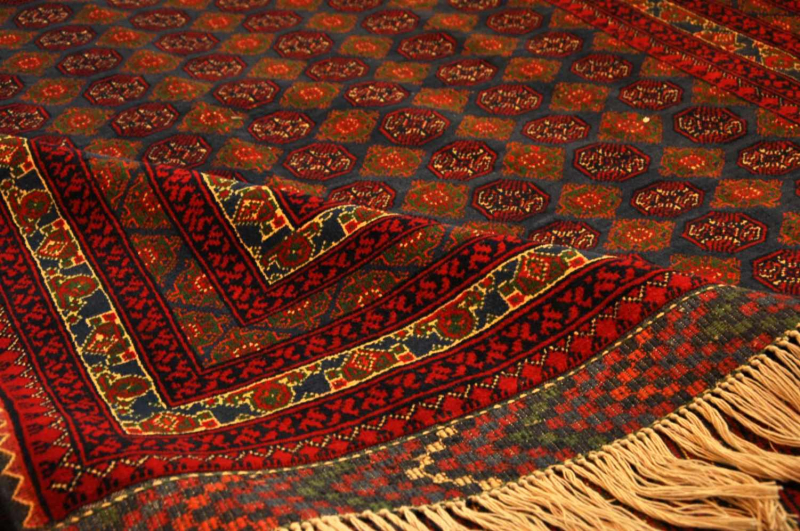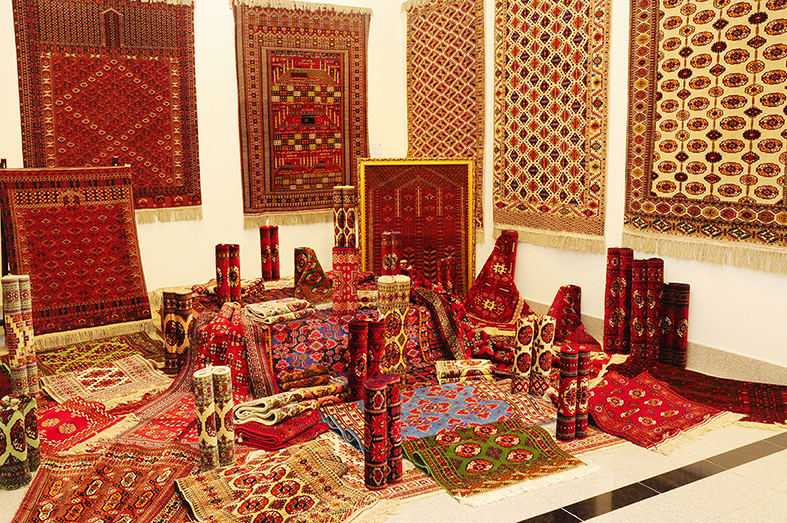Turkmen Carpets
Turkmen carpets have long played an important role in Turkmen culture, having been woven out of a necessity arising from the harsh reality of daily life. Historically, nomadic tribes owned a variety of carpets, each of which served a specific purpose. Rugs for prayer, decorative rugs, carpets for family celebrations, and carpets that doubled as wardrobes and beds were all essential items for nomadic Turkmen. Carpets served as both decoration and insulation in traditional yurts during cold weather. They were used to divide a large room into separate quarters, slung across the backs of horses and camels, and spread out in open fields to make them feel more comfortable and familiar.
The Turkmen's transition to a sedentary lifestyle created the ideal conditions for the development of this ancient craft into an applied art. Carpet weaving skills were passed down from mother to daughter for generations, and in addition to following specific techniques, they were careful to select quality materials and dyes. Turkmen carpets were designed from the start to last for centuries.
The carpet is as much a Turkmen symbol as tulips are for Holland and cigars are for Cuba. According to one theory, goli (Turkmen rug patterns) originated with Oguz Khan, a legendary hero who is regarded as the Turkmen people's progenitor. According to some experts, the sun symbol is at the heart of the goli, as its inclusion in the Turkmen carpet began thousands of years ago, when sun worship was prevalent in the land.









